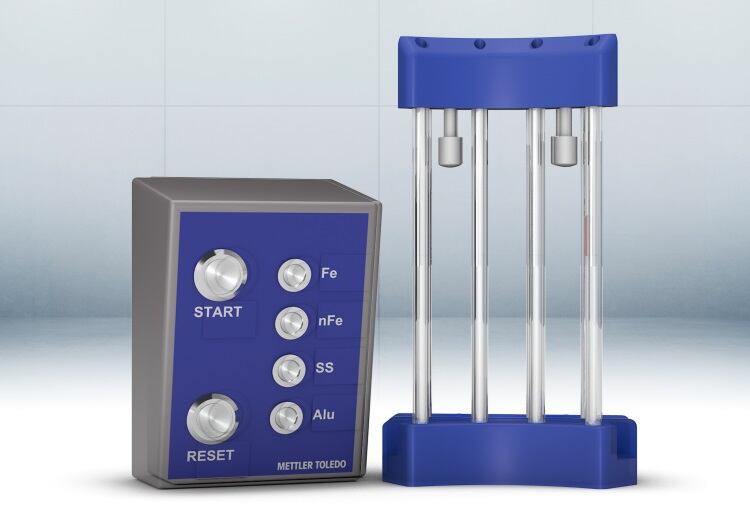Regulations like Natasha’s Law are in place are specifically in place to protect consumer safety.
Named after Natasha Ednan-Laperouse, the teen who died in 2016 from undeclared sesame seeds baked into a baguette, the regulation mandates that all food businesses in the UK provide clear and accurate information of any of the 14 major allergens - whether used as an ingredient or a processing aid - on foods prepacked for direct sale (PPDS).
This law aims to protect individuals with food allergies and empower them to make informed decisions, avoiding potentially life-threatening situations.
The UK does not stand alone when it comes to consumer safety. The US, too, has updated the Food Labeling Modernization Act, which enhances accuracy and transparency in providing information to consumers, while in China, food labelling is governed by the Administrative Measures of Food Labelling. Pre-packaged food must meet the compulsory national standards on labelling, sporting the name of the food, manufacturer details, production date, expiry date and list of ingredients.

Throughout history, there have been significant milestones that have shaped labelling practices. From the introduction of the Pure Food and Drug Act in the US in 1906 to the establishment of the Nutrition Facts panel in 1994, these represent ongoing efforts to enhance consumer protection and promote informed decisionmaking.
“Each step forward signifies a commitment to the safety and integrity of the food we consume,” said Neil Gruettner, VI business development manager, Mettler-Toledo Product Inspection.
No detail left unchecked
Incorrect labelling can have serious consequences for both consumers and producers.
Mistakes such as undeclared allergens or inaccurate ingredient listings can result in adverse health effects for consumers and damage brand reputation. Failing to provide necessary information jeopardises individuals with allergies or dietary restrictions, while also undermining consumer trust.

Added Gruettner, “To address the challenge of labelling accuracy, vision inspection systems and automation have emerged as gamechangers in the food industry.
“These systems provide 100% label inspection throughout the production line. Equipped with smart cameras and advanced technologies, vision inspection systems capture and analyse label content, including allergen listings, expiry dates, barcodes and branding. Their high-resolution imaging and sophisticated algorithms leave no room for error.”
The automation capabilities of vision inspection systems are hugely impressive, surpassing manual checks in terms of speed and efficiency, he said.
“They accelerate production, streamlining product changeovers by storing multiple label or product variations for inspection that can easily be switched over within the software, minimising labour-intensive manual processes, thus offering a cost-effective solution that boosts productivity and advances accuracy.”
Vision inspection systems also provide comprehensive inspection coverage, examining labels from all angles, even on irregularly shaped products. They detect misaligned labels, smudged prints and other discrepancies that could compromise product integrity or regulatory compliance.
“By leaving no detail unchecked, these systems instil confidence in manufacturers' labelling processes and product quality for enhanced brand protection.”
By supporting compliance with regulatory requirements and providing accurate information on every pack and label, these systems serve as a strong defence against labelling errors. They contribute to increased uptime on production lines by minimising stoppages and reducing manual intervention, resulting in smoother operations and higher productivity.
“Innovative vision inspection systems importantly support due diligence in the food industry,” said Gruettner.
“Manufacturers can monitor the labelling process in real-time, capturing valuable data and supporting compliance with regulations. Integration with software solutions like ProdX data management software enables traceability, digitalisation and access to insights that enable proactive decision-making and uphold the highest standards of quality and safety.
“The integration of vision inspection systems with existing equipment and processes also brings cost advantages. By combining consumer safety and cost-effectiveness, vision inspection systems provide a compelling solution that meets the demands of consumers and manufacturers alike and leads to enhanced food safety at a time when it has never mattered more.”




